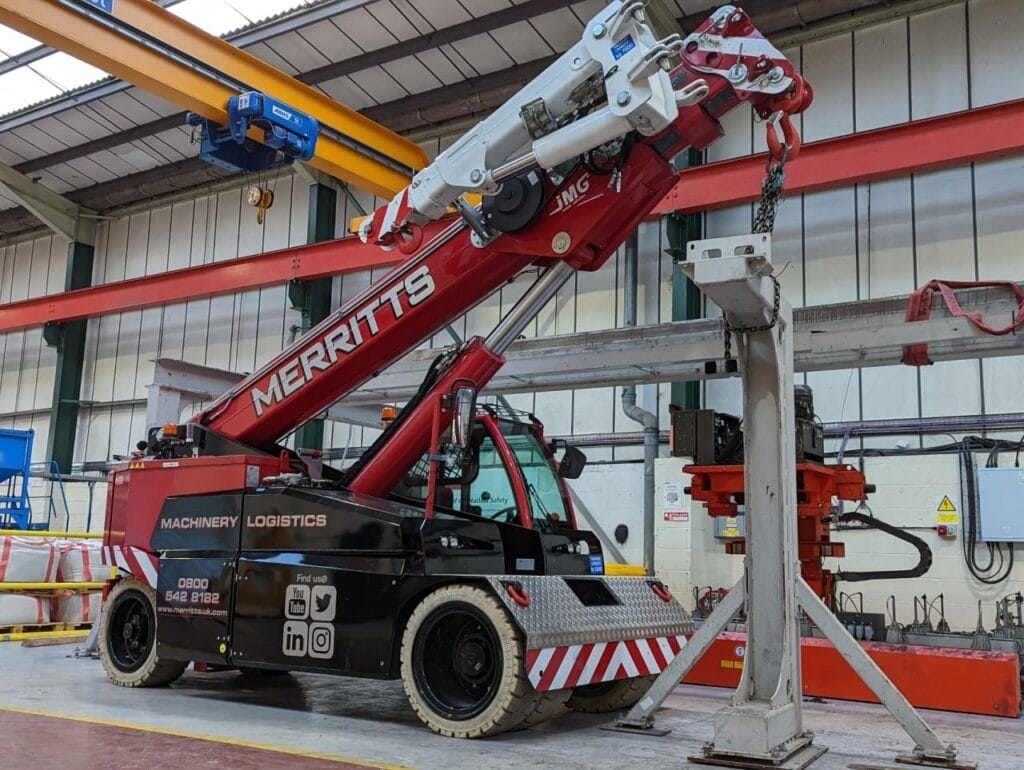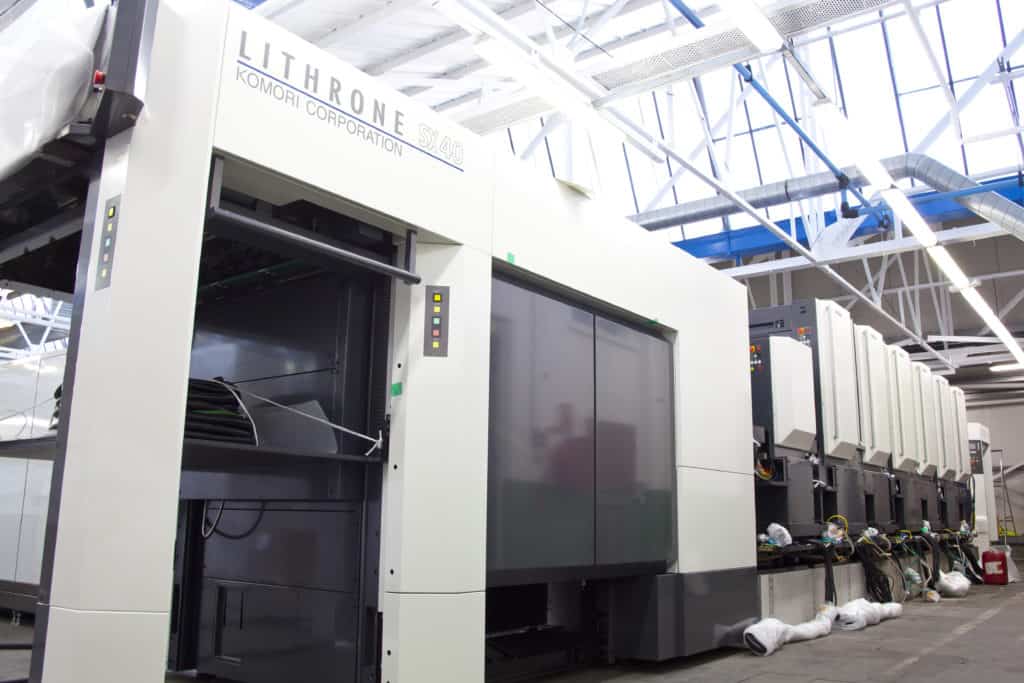Call FREE: 0800 046 9840
Email us: enquiries@merritts.uk.com


Heavy machinery relocations are a critical aspect of business operations, often necessary for expansion, optimisation, or facility upgrades. The process, however, can be disruptive, leading to downtime that can impact productivity and profitability. To mitigate these challenges, businesses must focus on efficient planning and execution.

With over 100 years’ experience in the industry, it’s fair to say we know a thing or two about moving heavy machinery. In our latest article, we explore practical tips you can implement which will help minimise downtime during your machinery relocations.
Comprehensive Planning is Key
The foundation of a successful heavy machinery relocation is thorough planning. Start by creating a detailed project plan that includes a comprehensive inventory of the machinery to be moved, a timeline, and a checklist of tasks. Consider factors such as the size, weight, and complexity of the equipment, as well as any special requirements for transportation.
Partner with the Right Heavy Machinery Moving Expert
When embarking on any procurement process, best practice usually guides the buyer towards ensuring the chosen supplier has the necessary skills, industry experience and track record to provide the services required.
When it comes heavy machinery relocations, appointing experienced professionals to assist you with the machinery relocation is crucial. Look for specialised moving companies or logistics experts with a proven track record in handling similar equipment. Their expertise can ensure a smooth transition, minimising the risk of damage and expediting the relocation process.
There are number of key criteria that we recommend you evaluate to ensure your project will be completed safely and on time.
These criteria include:
- Holding appropriate and current accreditations
- Project managements and planning skills
- Knowledge of regulations
- Knowledge of hazards and pitfalls that could be encountered
- Experience of your sector and type of machine moving
- Understanding of your customer needs and the ability to meet them
- Experienced, skilled and well-trained operatives
- Access to the right machinery
- Reputation
- Availability
- Price
Our article on “The importance of choosing the right heavy machinery moving company”, will help steer you in the right direction.
Conduct a Risk Assessment
Your chosen heavy machinery moving partner should carry out their own risk assessment but there is nothing stopping you from carrying out your own, to identify potential risks and challenges associated with the machinery relocation. This includes evaluating the condition of the equipment, assessing transportation routes, and considering any obstacles or regulatory requirements. By conducting a thorough risk assessment, businesses can proactively address issues and develop contingency plans, reducing the likelihood of unexpected delays.
Implement a Communication Plan
Effective communication is paramount during machinery relocations. Establish clear channels of communication among all stakeholders, including employees, suppliers, and the relocation team. Keep everyone informed about the relocation schedule, potential disruptions, and any temporary changes in operations. Transparent communication fosters cooperation and helps manage expectations.
Think Strategically
Coordinate the machinery relocation with your production schedule to minimise the impact on daily operations. Choose a time when production demands are lower or consider relocating machinery during scheduled maintenance periods like the Winter or Easter Shutdown periods. Strategic scheduling can help distribute downtime more evenly, reducing its overall impact on productivity.
Implement a Plan B
Where feasible, implement parallel processes to maintain operations during the heavy machinery relocation. This could involve setting up temporary production lines or using backup equipment to fulfil orders. By parallelising tasks, businesses can continue to meet customer demands while the primary machinery is being relocated.
Minimising downtime during heavy machinery relocations requires meticulous planning, experienced professionals, and effective communication. By following our tips, businesses can streamline the relocation process, reduce disruptions, and ensure a swift return to full operational capacity. Remember that a well-executed machinery relocation not only minimises downtime but can also set the stage for improved efficiency and productivity in the long run.
Why should you partner with Merritts?
Merritts’ client base comprises manufacturers, suppliers and end users of heavy industrial machinery and equipment. We operate throughout the UK and overseas across a multitude of industrial and manufacturing sectors. Our customers range from local SMEs to global organisations.
If we can assist with your next heavy machinery moving project, please get in touch.
